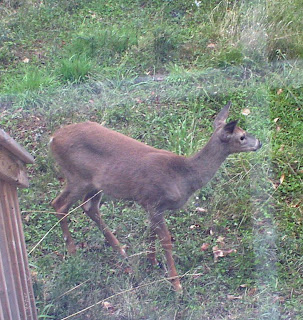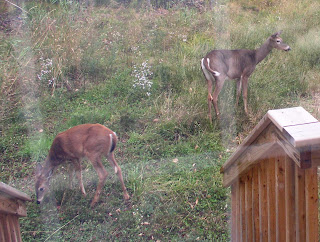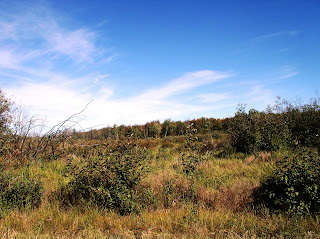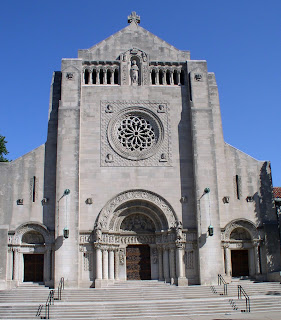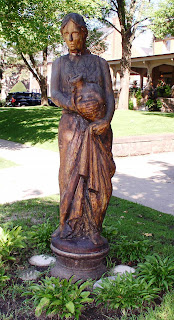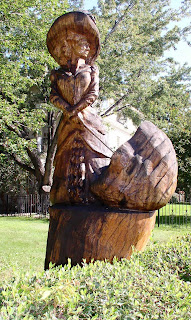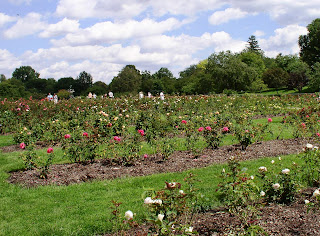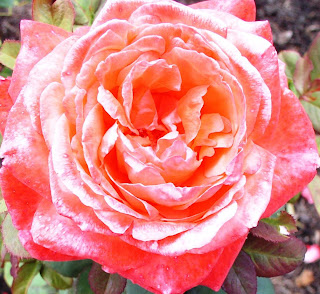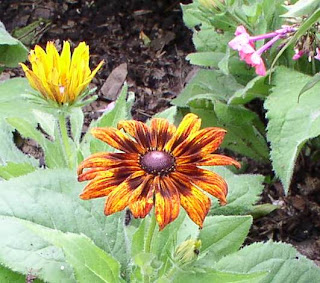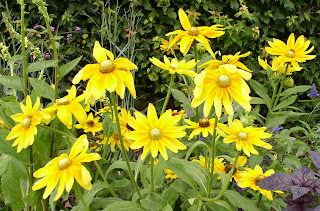These late August days require being outdoors, and I am lucky to have had time available to enjoy our bright, clear, comfortable weather. What better place to enjoy it than at a nature center? I visited Richardson Nature Center in Bloomington, MN today. Everyone was having a great day outdoors: the naturalists, the visiting families, the birds, raptors, turtles, and other critters.
My first stop was the viewing area that overlooks a feeding station for the wild birds. In total there were five wild turkeys, the largest of the visiting birds. Shortly after taking this photo, a naturalist threw a bunch of corn cobs behind the bushes and the turkeys immediately left the viewing area for their treat. (Perhaps they are more domesticated than wild.)

Additionally, I viewed a couple of downy woodpeckers, some goldfinches, hummingbirds, chickadees, nuthatches, crows, and cardinals at the bird feeders. I am not proficient or quick enough with my camera to get their photos, though.
On this beautiful day I hiked the Oak Trail that weaves around a pond, including a little bridge that takes you out onto the water and back to the trail. From the bridge I saw a lone egret and at the other side of the water a heron, both fishing for lunch.
Back on the trail, I came to a clearing where the earliest touch of autumn color already appeared. This sumac is starting to turn its signature deep red color, reminding us that summer is coming to a close as the change of seasons is about to begin.
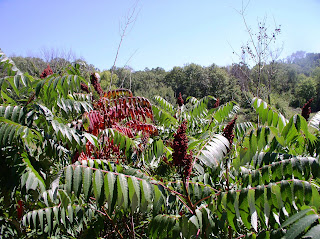
At another clearing I found late summer wild flowers glistening in the sun. Considered weeds in the garden, these wild ones in the field match the beauty of any cultivated flower. Wild aster juxtaposed against goldenrod have a brilliance that could stand the test of any flower arrangement.
 I also came upon a thistle with bee busy at work collecting its nectar while pollinating the flower. Richardson has an active honey bee colony where you can view the formation of the honeycomb in progress.
I also came upon a thistle with bee busy at work collecting its nectar while pollinating the flower. Richardson has an active honey bee colony where you can view the formation of the honeycomb in progress.
 At the end of the trail I noticed this brilliant yellow flower, similar to the goldenrod in the background but of a very different shape. Then I saw a sign warning not to touch this plant, called Wild Parsnip, because it exudes a chemical that makes your skin more sensitive to sunburn.
At the end of the trail I noticed this brilliant yellow flower, similar to the goldenrod in the background but of a very different shape. Then I saw a sign warning not to touch this plant, called Wild Parsnip, because it exudes a chemical that makes your skin more sensitive to sunburn.
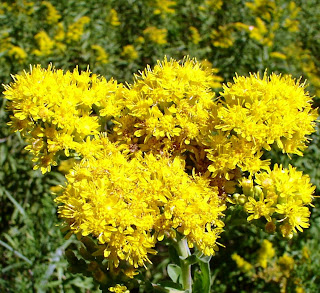
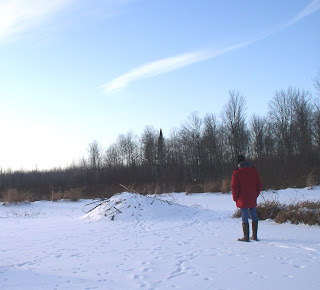









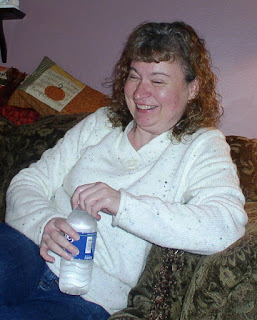

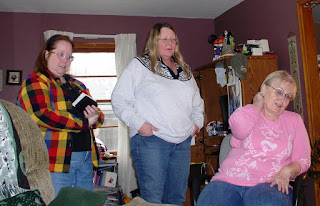














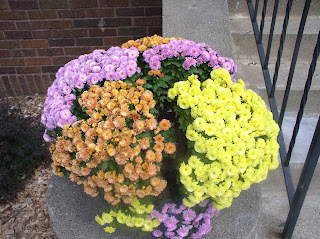

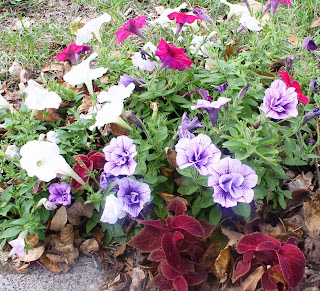

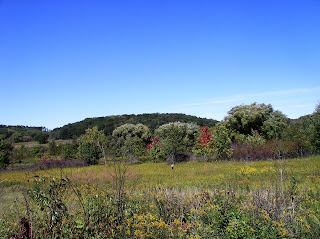 At the cabin, three deer families stopped by to graze on clover and wildflowers that we have been seeding for the last two years. It was a treat to see them so close, just outside our windows and by the door.
At the cabin, three deer families stopped by to graze on clover and wildflowers that we have been seeding for the last two years. It was a treat to see them so close, just outside our windows and by the door.